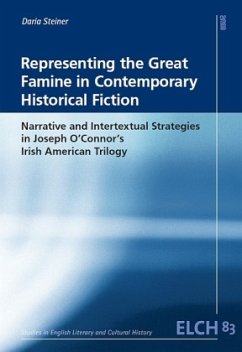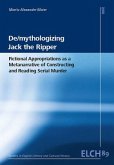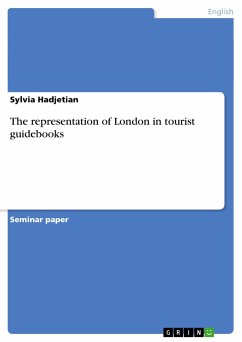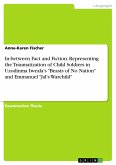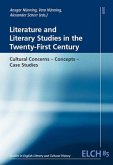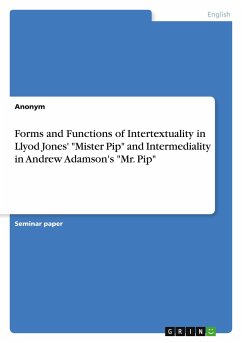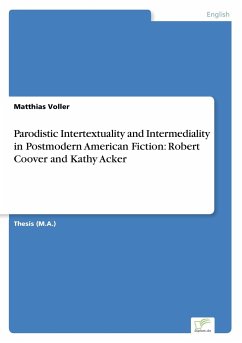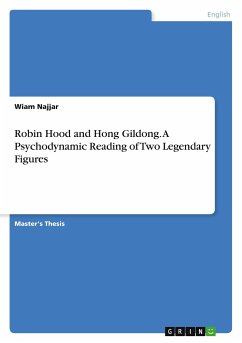The Great Famine (1845-1852) - arguably the most devastating period of Irish history - is often associated with a lack of or even the actual impossibility of adequate representation in historiography and literature. Despite an extensive range of groundbreaking historical and literary research on the Famine in the last three decades, less scholarly attention has been paid to its portrayal in contemporary historical fiction. Proposing a term 'Famine fiction' to describe a proliferating number of works of narrative fiction about the Great Hunger, this study examines the still under-researched Irish American Trilogy (2002 / 2007 / 2010) of Joseph O'Connor as a central contribution to this expanding corpus of 21st-century literature. Through a systematic model of narrative worldmaking and structuralist readings of intertextual phenomena, the analysis brings to light a variety of tropes and modes which negotiate and add to the existing cultural database of Famine imagery. Ranging from ballads and revisions of 19th-century illustrations to intertextual networks of female characters, these representations suggest overarching lenses of continuity and hope as alternative, culturally productive interpretations of the Famine narrative. Uncovering how the trilogy inspires recent artistic and activist responses to the Great Hunger, this study takes a major step toward both, acknowledging Joseph O'Connor's input to Famine fiction, and advancing our understanding of the role of the latter in shaping 21st-century cultural conceptions of the Great Irish Hunger.
TABLE OF CONTENTS
PREFACE AND ACKNOWLEDGMENTS ............................................................. ix
I. INTRODUCTION ...................................................................................................... 1
1. The Great Famine in Contemporary Irish Culture: Breaking Silences
and Joseph O'Connor's Trilogy as Literary Mission (Im)Possible ....................... 1
2. Joseph O'Connor's Trilogy and Famine Fiction:
Overview of Current Research .............................................................................. 5
3. Desiderata, Central Questions and Aims of the Study .......................................... 8
4. Central Concepts, Methods and Outline of the Study ......................................... 10
II. THROUGH THE LENS OF HUNGER:
THE GREAT FAMINE AS A CULTURAL NARRATIVE .............................................. 13
1. The Famine Emplotment: An Outline of the Great Hunger Debate .................... 17
1.1 Political Implications: The Great Famine and the Debate of Blame .......... 19
1.2 Transnational Dimensions:
Historical Duty as the Famine Social Debate ............................................. 22
1.3 Inexpressible and Unspeakable but Imaginable?
Silence and Crisis of Representation
in Cultural Discussions of the Famine ........................................................ 25
2. Representations of the Great Famine from Victorian to Postmodern Fiction ..... 31
III. THEORETICAL AND METHODOLOGICAL FRAMEWORK:
APPROACHING NARRATIVE WORLDMAKING IN
JOSEPH O'CONNOR'S IRISH AMERICAN TRILOGY ............................................... 37
1. Textual Interplay: Intertextuality as the Object and Method of Analysis ........... 42
1.1 Intertextual Categories: Individual and System References,
Markers and Features ................................................................................. 45
1.2 "Making Connections": Intertextuality as a Method of Analysis ............... 48
2. Picture - Music - Text: Intermedial References ................................................. 49
3. Famine Voices: Perspective Structure and Aspects of Narrative Transmission ... 51
4. Writing History, Making World
TABLE OF CONTENTS
PREFACE AND ACKNOWLEDGMENTS ............................................................. ix
I. INTRODUCTION ...................................................................................................... 1
1. The Great Famine in Contemporary Irish Culture: Breaking Silences
and Joseph O'Connor's Trilogy as Literary Mission (Im)Possible ....................... 1
2. Joseph O'Connor's Trilogy and Famine Fiction:
Overview of Current Research .............................................................................. 5
3. Desiderata, Central Questions and Aims of the Study .......................................... 8
4. Central Concepts, Methods and Outline of the Study ......................................... 10
II. THROUGH THE LENS OF HUNGER:
THE GREAT FAMINE AS A CULTURAL NARRATIVE .............................................. 13
1. The Famine Emplotment: An Outline of the Great Hunger Debate .................... 17
1.1 Political Implications: The Great Famine and the Debate of Blame .......... 19
1.2 Transnational Dimensions:
Historical Duty as the Famine Social Debate ............................................. 22
1.3 Inexpressible and Unspeakable but Imaginable?
Silence and Crisis of Representation
in Cultural Discussions of the Famine ........................................................ 25
2. Representations of the Great Famine from Victorian to Postmodern Fiction ..... 31
III. THEORETICAL AND METHODOLOGICAL FRAMEWORK:
APPROACHING NARRATIVE WORLDMAKING IN
JOSEPH O'CONNOR'S IRISH AMERICAN TRILOGY ............................................... 37
1. Textual Interplay: Intertextuality as the Object and Method of Analysis ........... 42
1.1 Intertextual Categories: Individual and System References,
Markers and Features ................................................................................. 45
1.2 "Making Connections": Intertextuality as a Method of Analysis ............... 48
2. Picture - Music - Text: Intermedial References ................................................. 49
3. Famine Voices: Perspective Structure and Aspects of Narrative Transmission ... 51
4. Writing History, Making World

